The Fermi paradox is the discrepancy between the lack of conclusive evidence of advanced extraterrestrial life and the apparently high likelihood of its existence. As a 2015 article put it, "If life is so easy, someone from somewhere must have come calling by now."
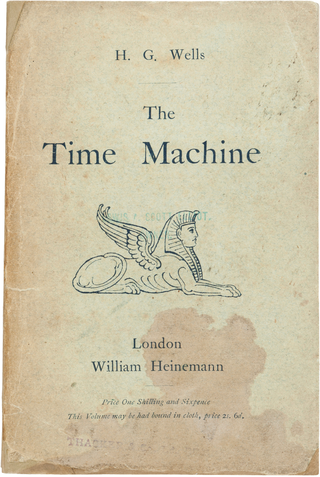
Time travel is the hypothetical activity of traveling into the past or future. Time travel is a widely recognized concept in philosophy and fiction, particularly science fiction. In fiction, time travel is typically achieved through the use of a hypothetical device known as a time machine. The idea of a time machine was popularized by H. G. Wells' 1895 novel The Time Machine.
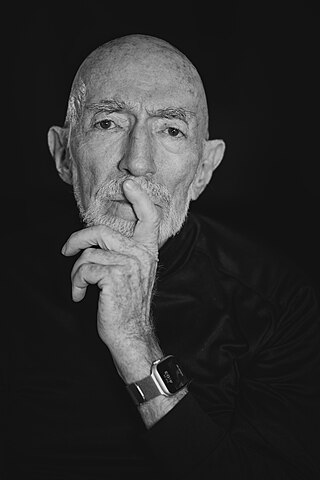
Kip Stephen Thorne is an American theoretical physicist known for his contributions in gravitational physics and astrophysics.

Michio Kaku is an American physicist, science communicator, futurologist, and writer of popular-science. He is a professor of theoretical physics at the City College of New York and the CUNY Graduate Center. Kaku is the author of several books about physics and related topics and has made frequent appearances on radio, television, and film. He is also a regular contributor to his own blog, as well as other popular media outlets. For his efforts to bridge science and science fiction, he is a 2021 Sir Arthur Clarke Lifetime Achievement Awardee.
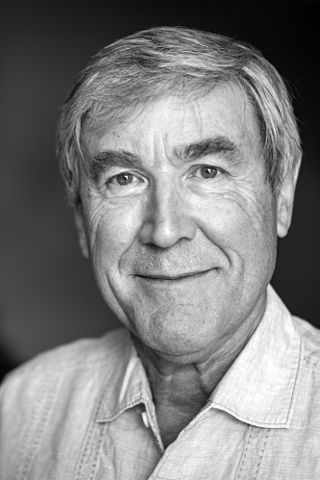
Paul Charles William Davies is an English physicist, writer and broadcaster, a professor in Arizona State University and director of BEYOND: Center for Fundamental Concepts in Science. He is affiliated with the Institute for Quantum Studies in Chapman University in California. He previously held academic appointments in the University of Cambridge, University College London, University of Newcastle upon Tyne, University of Adelaide and Macquarie University. His research interests are in the fields of cosmology, quantum field theory, and astrobiology.
A lie-to-children is a simplified, and often technically incorrect, explanation of technical or complex subjects employed as a teaching method. Educators who employ lies-to-children do not intend to deceive, but instead seek to 'meet the child/pupil/student where they are', in order to facilitate initial comprehension, which they build upon over time as the learner's intellectual capacity expands. The technique has been incorporated by academics within the fields of biology, evolution, bioinformatics and the social sciences.
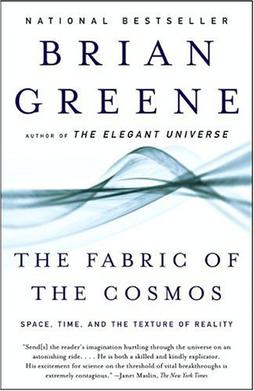
The Fabric of the Cosmos: Space, Time, and the Texture of Reality (2004) is the second book on theoretical physics, cosmology, and string theory written by Brian Greene, professor and co-director of Columbia's Institute for Strings, Cosmology, and Astroparticle Physics (ISCAP).

The communication with extraterrestrial intelligence (CETI) is a branch of the search for extraterrestrial intelligence (SETI) that focuses on composing and deciphering interstellar messages that theoretically could be understood by another technological civilization. The best-known CETI experiment of its kind was the 1974 Arecibo message composed by Frank Drake.

Physics World is the membership magazine of the Institute of Physics, one of the largest physical societies in the world. It is an international monthly magazine covering all areas of physics, pure and applied, and is aimed at physicists in research, industry, physics outreach, and education worldwide.

John Richard Gott III is a professor of astrophysical sciences at Princeton University. He is known for his work on time travel and the Doomsday argument.

The Physics of Star Trek is a 1995 non-fiction book by the theoretical physicist Lawrence M. Krauss. It is the third book by Krauss, who later wrote a follow-up titled Beyond Star Trek in 1997.

About Time: Einstein's Unfinished Revolution (ISBN 978-0-684-81822-1), published in 1995, is the second book written by Paul Davies, regarding the subject of time. His first book on time was his The Physics of Time Asymmetry (1977)(ISBN 0-520-02825-2). The intended audience is the general public, rather than science academics.
How William Shatner Changed the World is a 2005 two-hour television documentary, commissioned by Discovery Channel Canada and co-produced for History Channel in the United States and Channel Five in the United Kingdom. Hosted and narrated by William Shatner, known for his portrayal of Captain James T. Kirk, and based on his 2002 book, I'm Working on That, the show focuses on technological advancements and people in the real world that were inspired by the Star Trek phenomenon.
"Time's Arrow" is a science fiction short story by British writer Arthur C. Clarke, first published in 1950 in the first issue of the magazine Science Fantasy. The story revolves about the unintended consequences of using time travel to study dinosaurs.
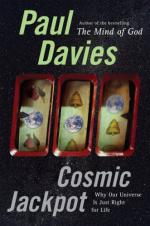
Cosmic Jackpot, also published under the title The Goldilocks Enigma: Why is the Universe Just Right for Life?, is a 2007 non-fiction book by physicist and cosmologist Paul Davies, describing the idea of a fine-tuned universe.

Physics of the Impossible: A Scientific Exploration Into the World of Phasers, Force Fields, Teleportation, and Time Travel is a book by theoretical physicist Michio Kaku. Kaku uses discussion of speculative technologies to introduce topics of fundamental physics to the reader.

The First Three Minutes: A Modern View of the Origin of the Universe is a book by American physicist and Nobel Laureate Steven Weinberg.

The Eerie Silence: Renewing Our Search for Alien Intelligence is a 2010 popular science book by Paul Davies, chair of the SETI: Post-Detection Science and Technology Taskgroup of the International Academy of Astronautics. The Eerie Silence explores the possibilities of intelligent extraterrestrial life, and its potential consequences.

The Innovators: How a Group of Hackers, Geniuses, and Geeks Created the Digital Revolution is an overview of the history of computer science and the Digital Revolution. It was written by Walter Isaacson, and published in 2014 by Simon & Schuster.
METI International, known simply as METI, is a non-profit research organization founded in July 2015 by Douglas Vakoch that creates and transmits interstellar messages to attempt to communicate with extraterrestrial civilizations. It is based in San Francisco, California.















